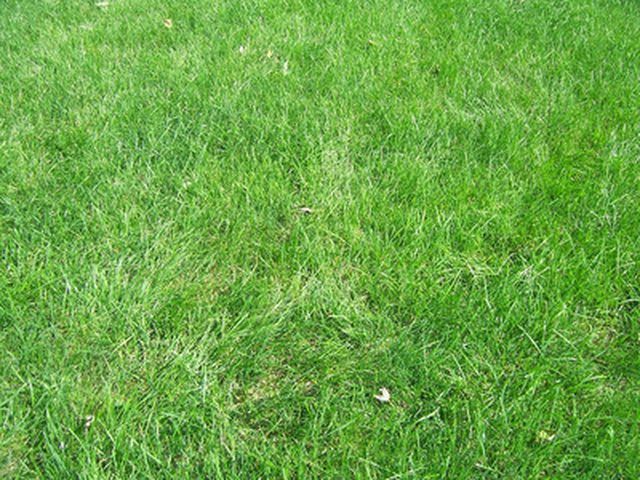Bulbs
Flower Basics
Flower Beds & Specialty Gardens
Flower Garden
Garden Furniture
Garden Gnomes
Garden Seeds
Garden Sheds
Garden Statues
Garden Tools & Supplies
Gardening Basics
Green & Organic
Groundcovers & Vines
Growing Annuals
Growing Basil
Growing Beans
Growing Berries
Growing Blueberries
Growing Cactus
Growing Corn
Growing Cotton
Growing Edibles
Growing Flowers
Growing Garlic
Growing Grapes
Growing Grass
Growing Herbs
Growing Jasmine
Growing Mint
Growing Mushrooms
Orchids
Growing Peanuts
Growing Perennials
Growing Plants
Growing Rosemary
Growing Roses
Growing Strawberries
Growing Sunflowers
Growing Thyme
Growing Tomatoes
Growing Tulips
Growing Vegetables
Herb Basics
Herb Garden
Indoor Growing
Landscaping Basics
Landscaping Patios
Landscaping Plants
Landscaping Shrubs
Landscaping Trees
Landscaping Walks & Pathways
Lawn Basics
Lawn Maintenance
Lawn Mowers
Lawn Ornaments
Lawn Planting
Lawn Tools
Outdoor Growing
Overall Landscape Planning
Pests, Weeds & Problems
Plant Basics
Rock Garden
Rose Garden
Shrubs
Soil
Specialty Gardens
Trees
Vegetable Garden
Yard Maintenance
Planting Dates for Grass Seed
Planting Dates for Grass Seed. Grass seed has the best success rate if it's dispersed when the weather is still cool, but not cold. Temperature extremes will kill the seed off before it gets a chance to germinate.

Grass seed has the best success rate if it's dispersed when the weather is still cool, but not cold. Temperature extremes will kill the seed off before it gets a chance to germinate.
Time Frame
Plant grass seed in April, if possible. If you experience an early warm up, plant in March. May also is acceptable for planting. The goal is to promote growth before the heat arrives so the roots can develop. Cool-season grasses also can be planted between August 15 and September 15.
Considerations
Take the soil temperature. Cool-season grass grows best when planted in a temperature of 50 to 65 degrees Fahrenheit. Warm-season grass seed needs temperatures between 65 and 70 Fahrenheit. In a northern states, sow the seed no later than 90 days before the first frost is expected. In southern states, that date can be pushed to 60 days before the first frost.
Misconceptions
Grass seed can be planted close to wintertime, but it may not have enough time to sprout before the cold weather sets in. Instead, it will stay dormant, and then sprout during the spring. Snow and wind may move the seeds, creating a sparse lawn next year.